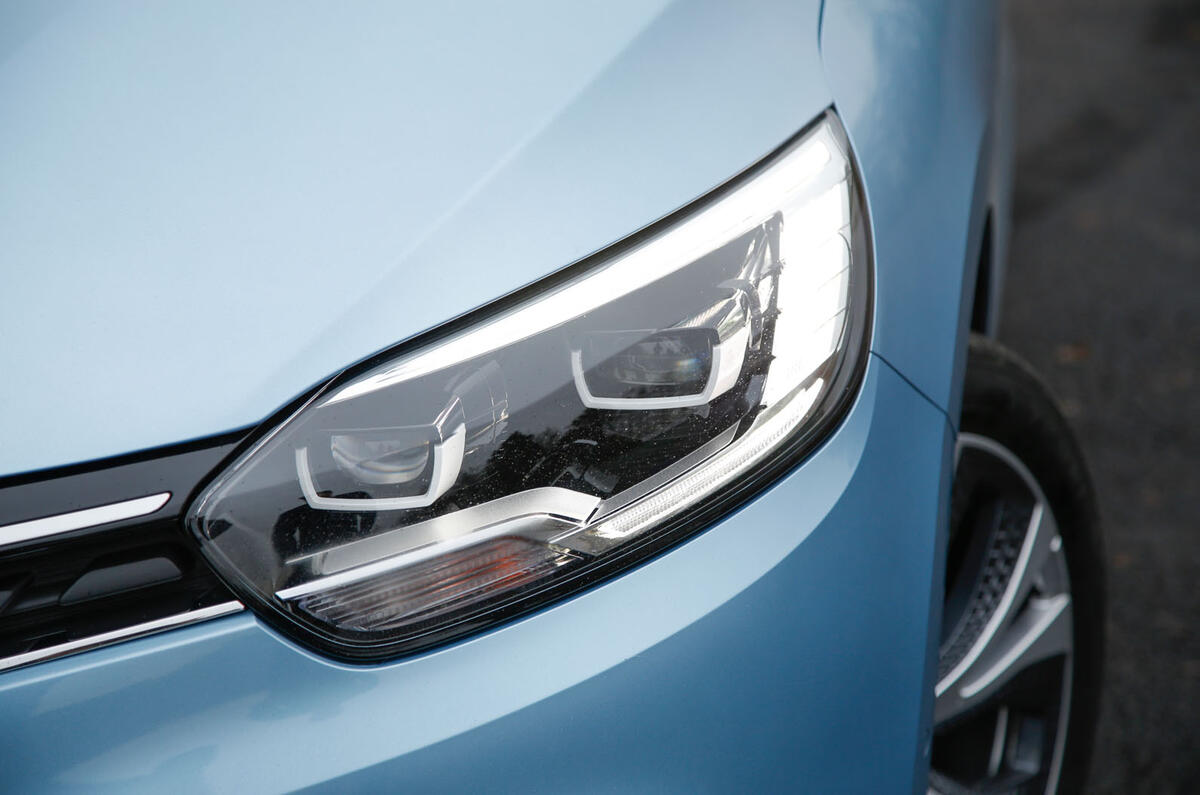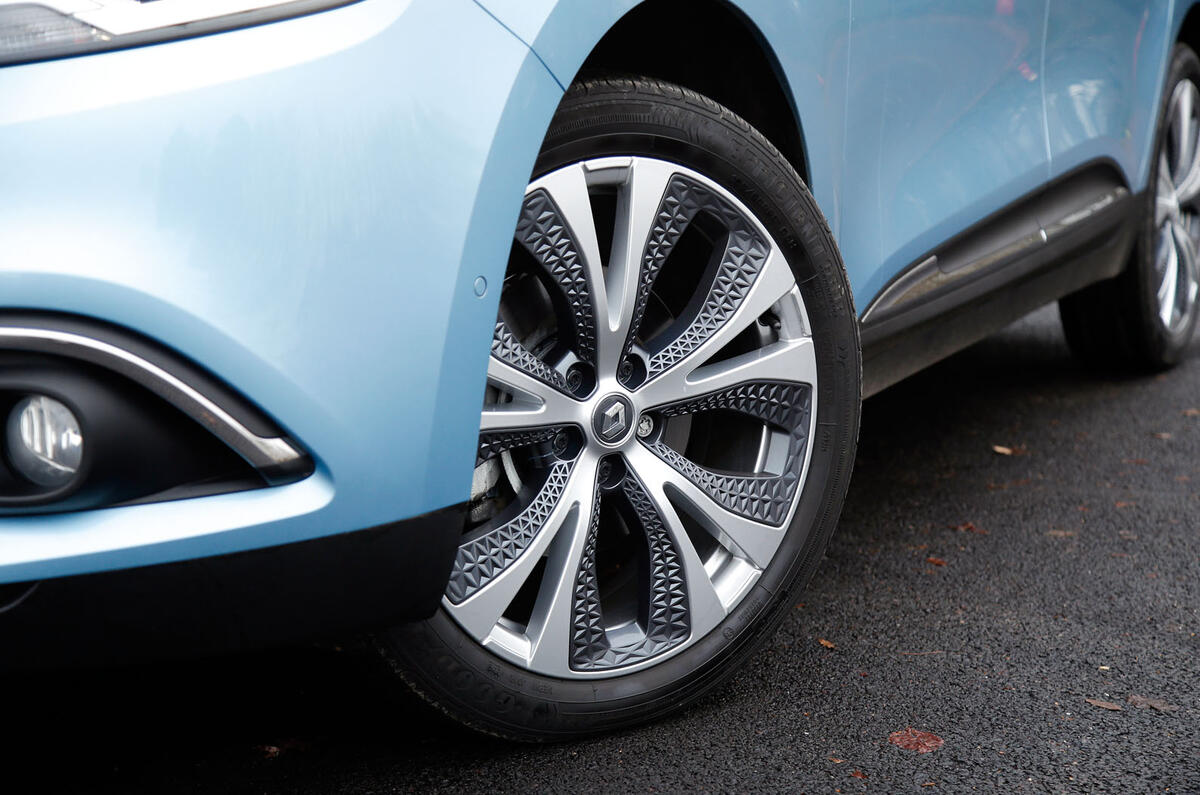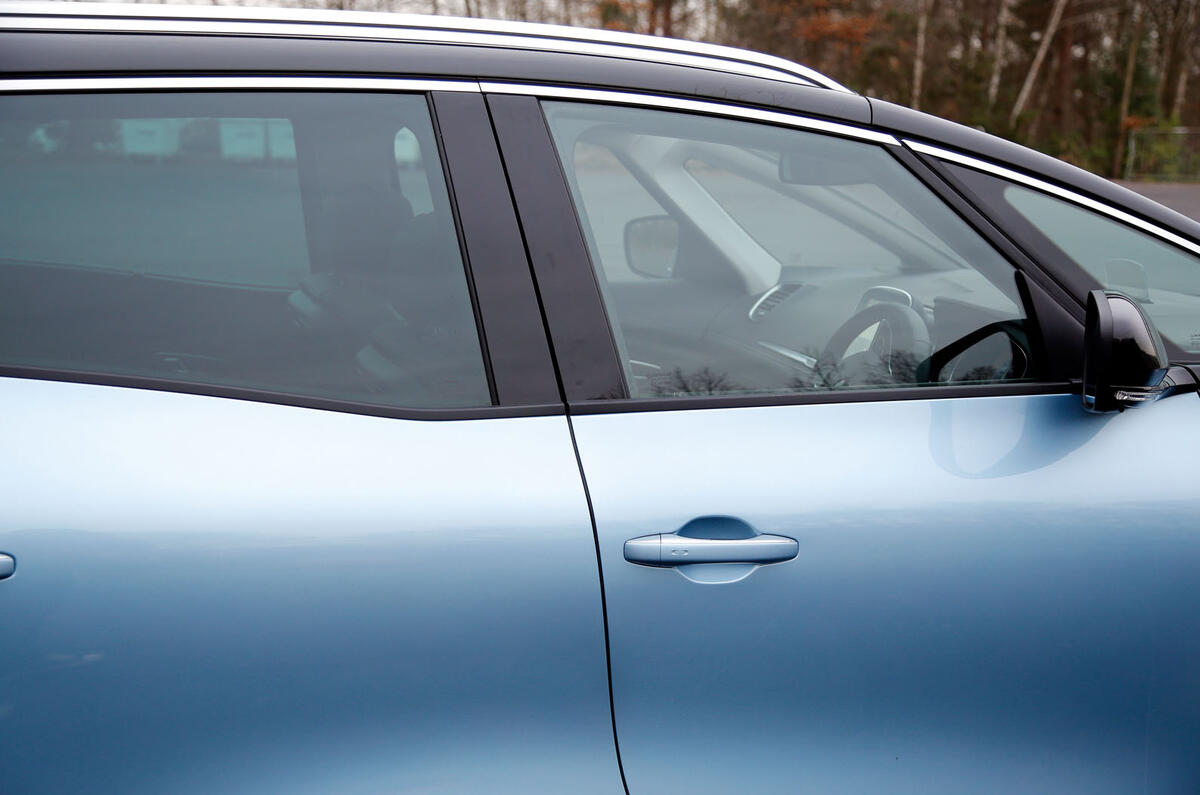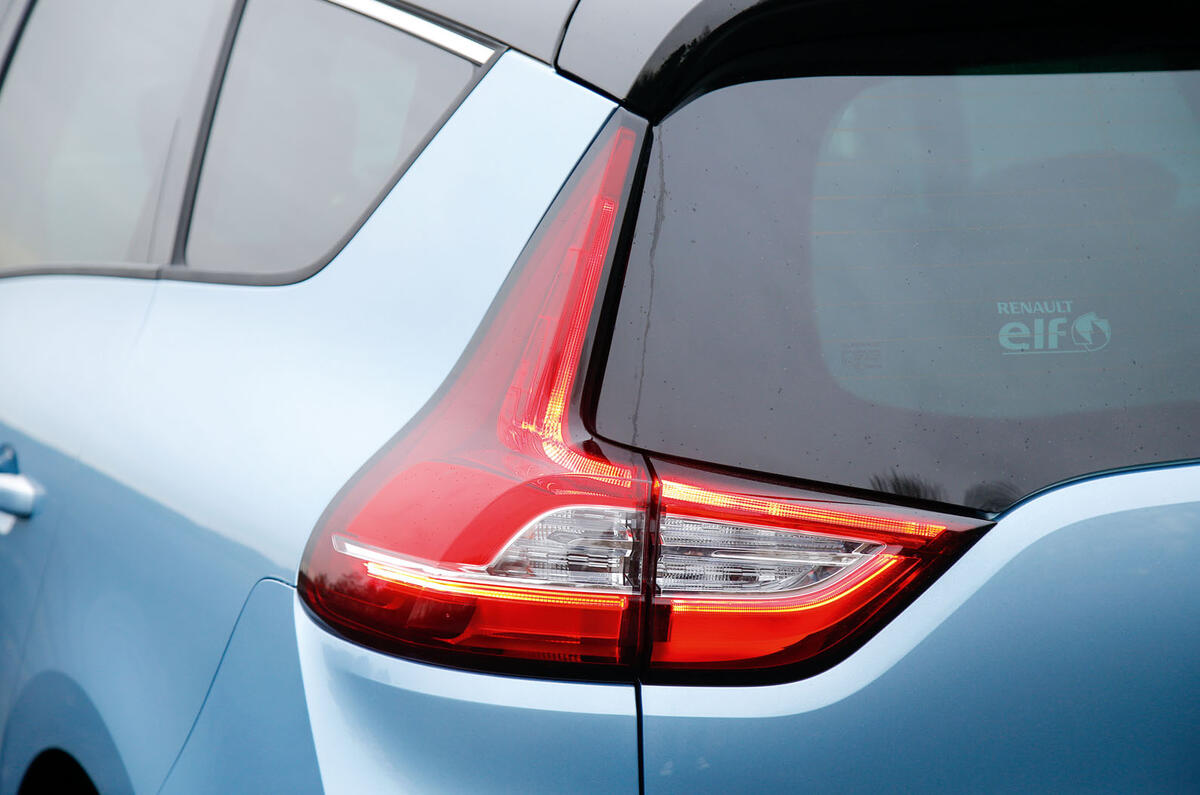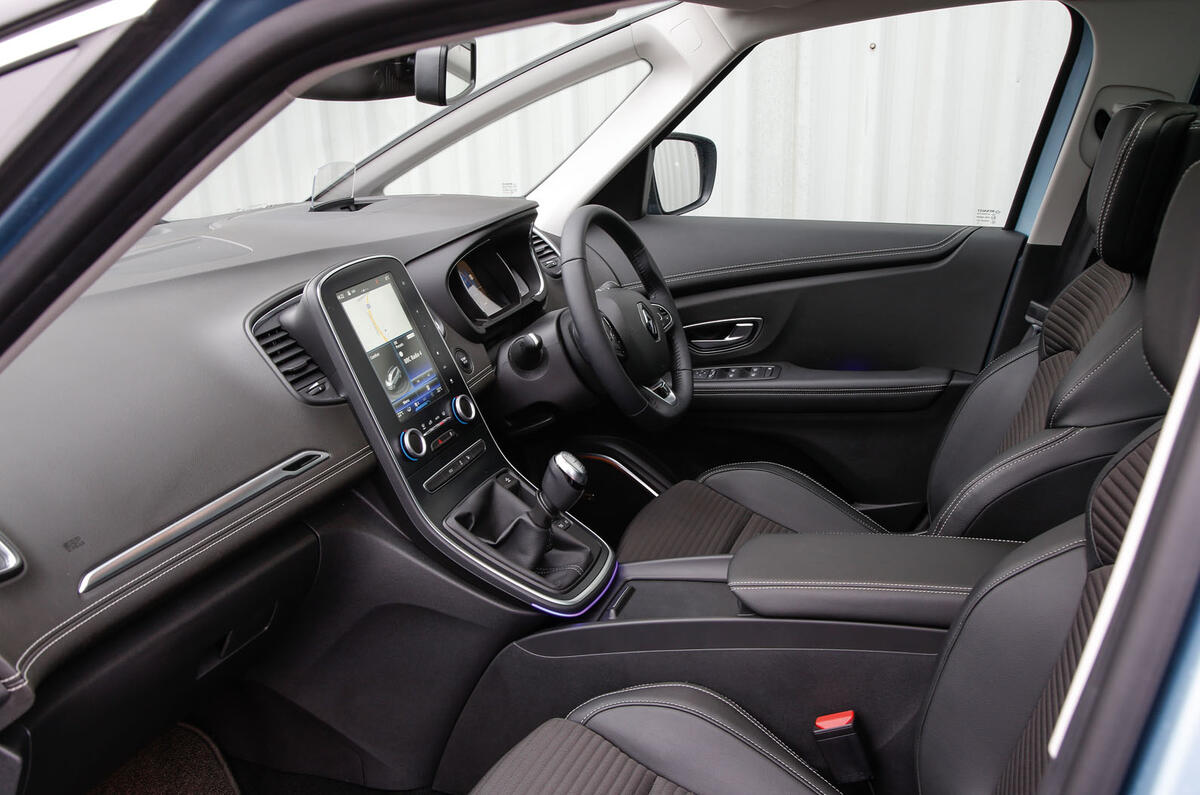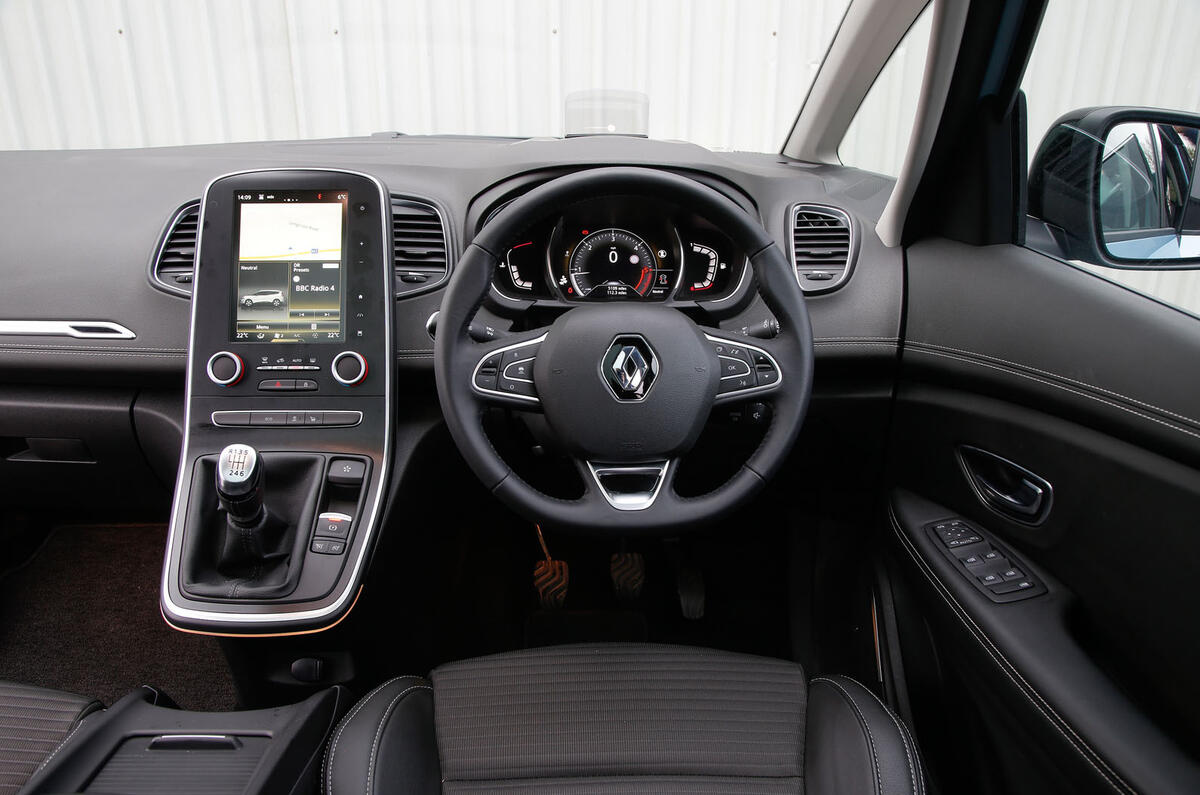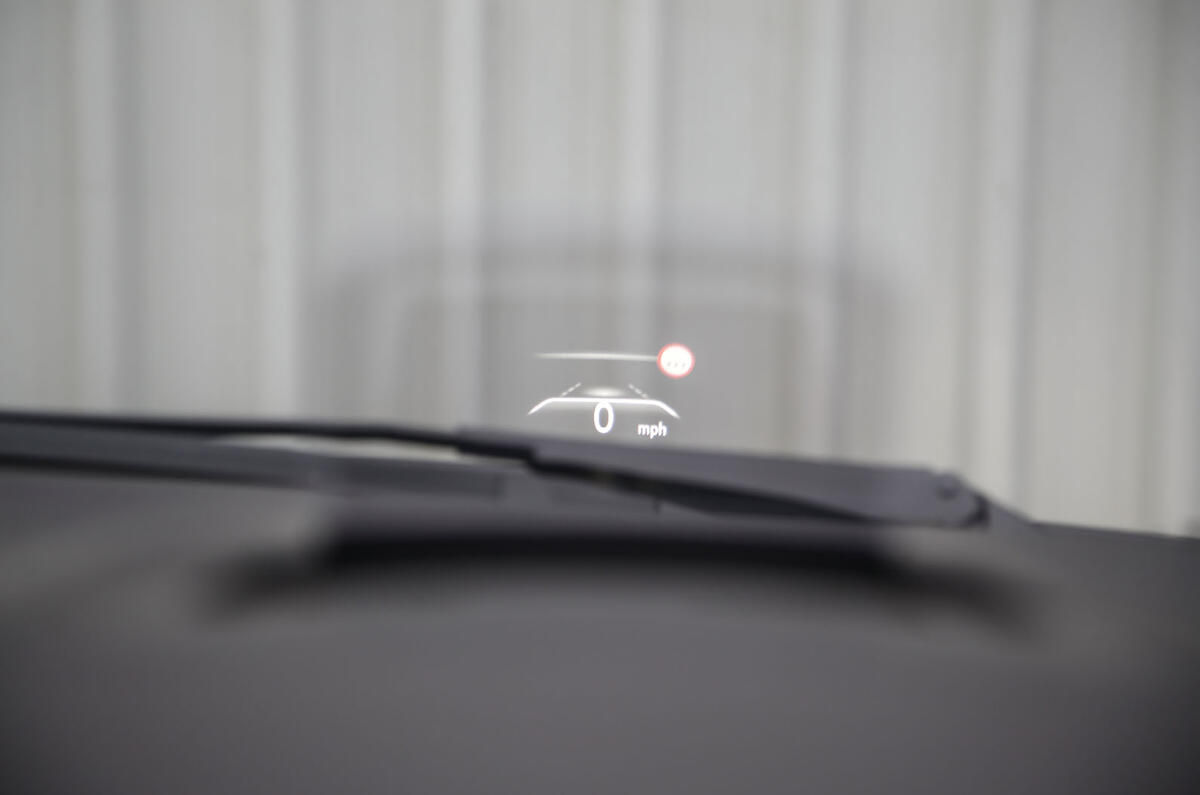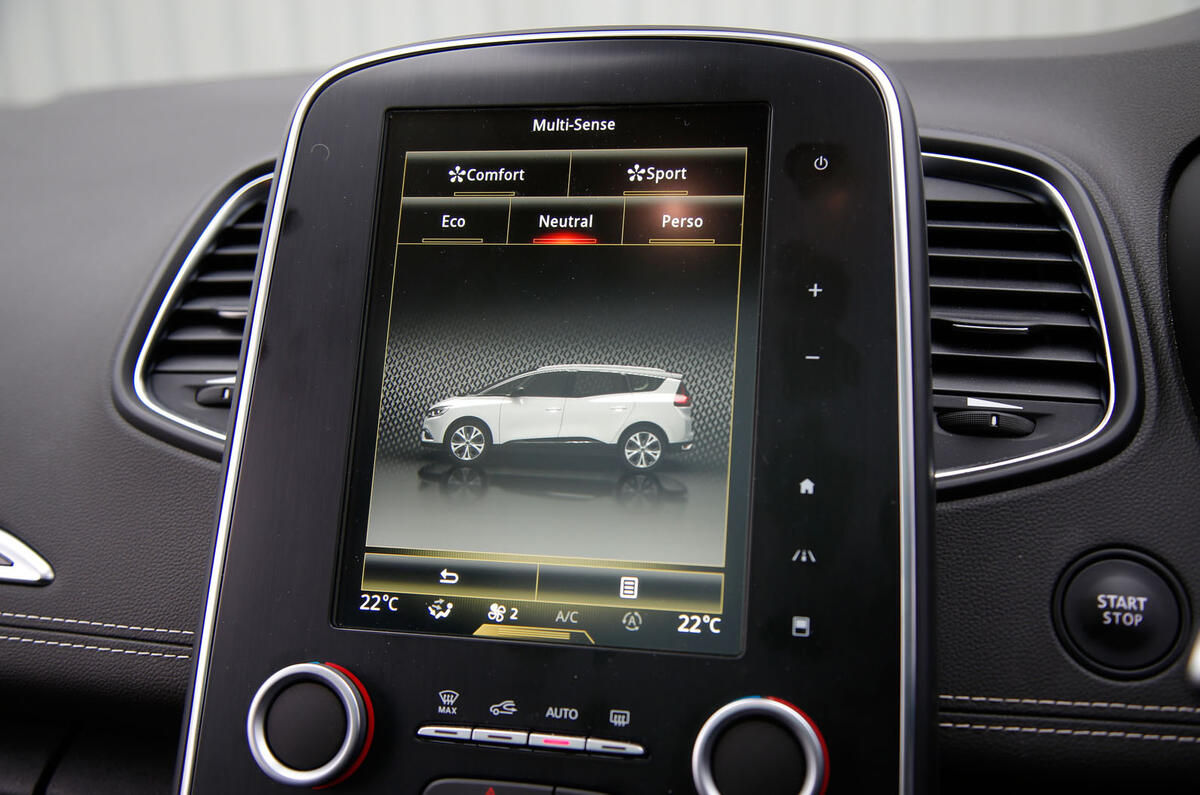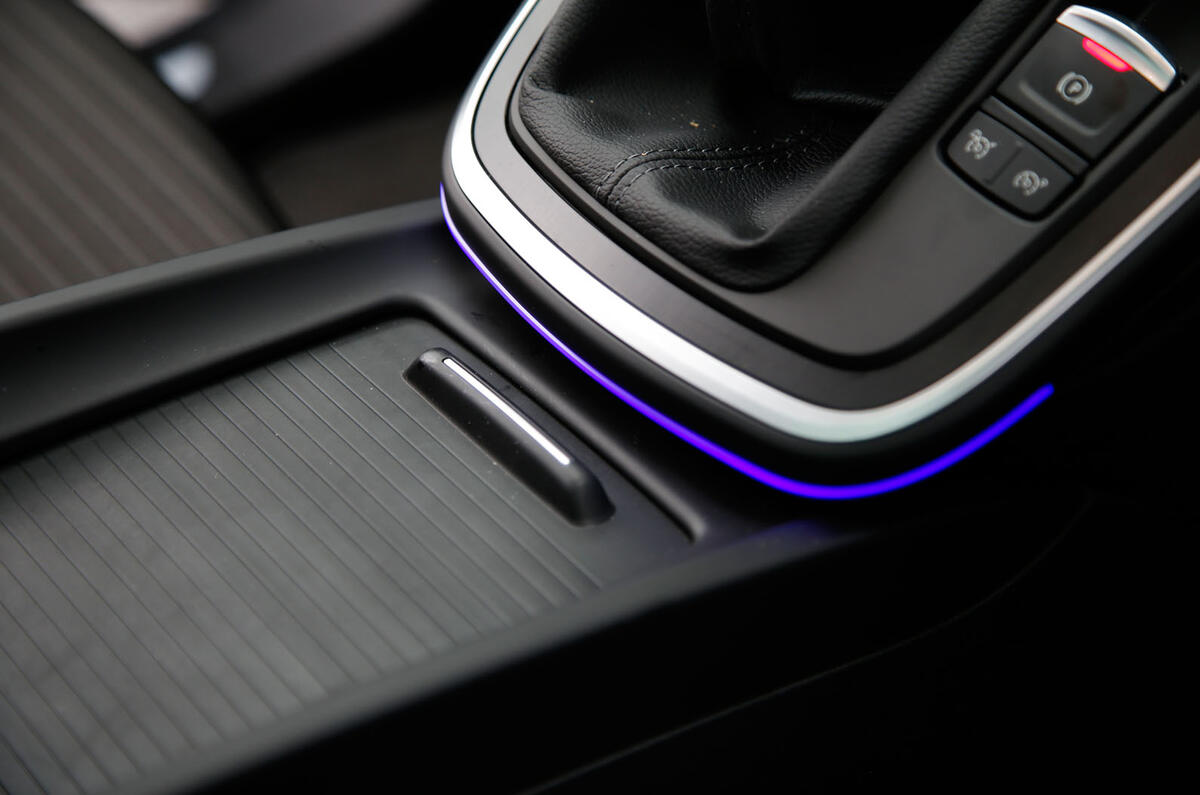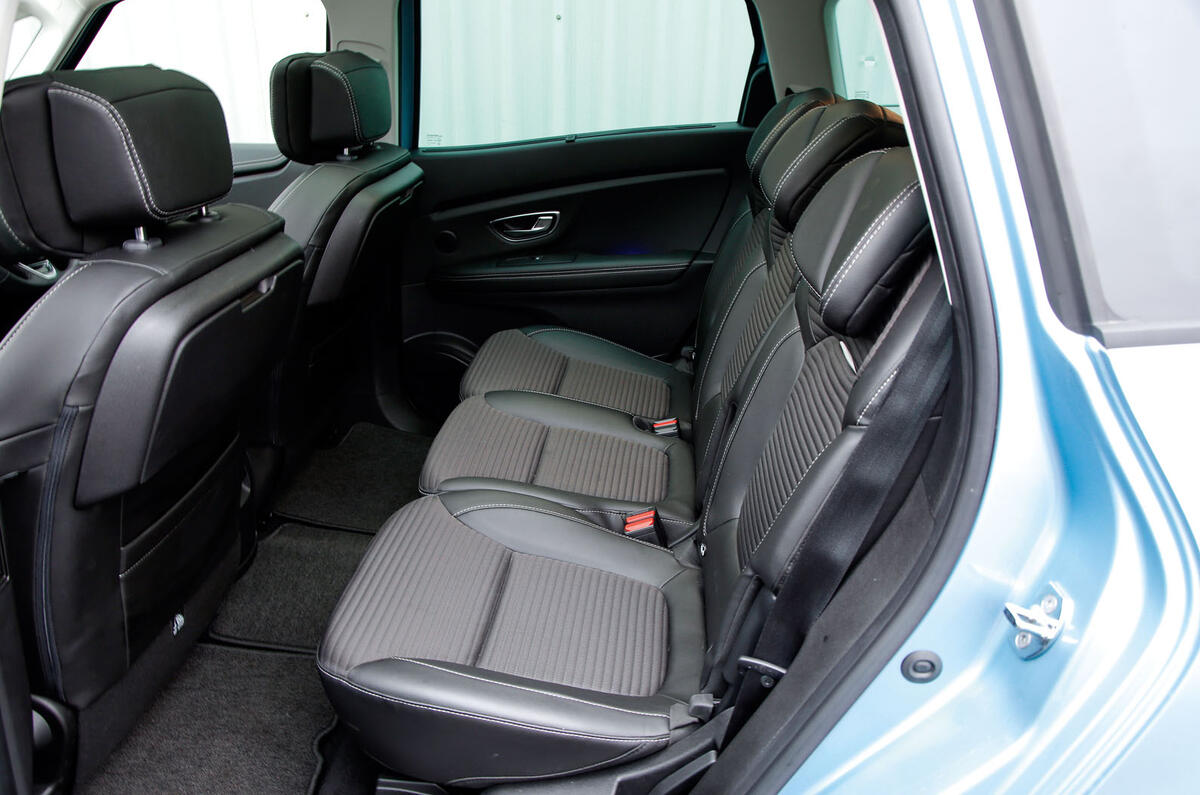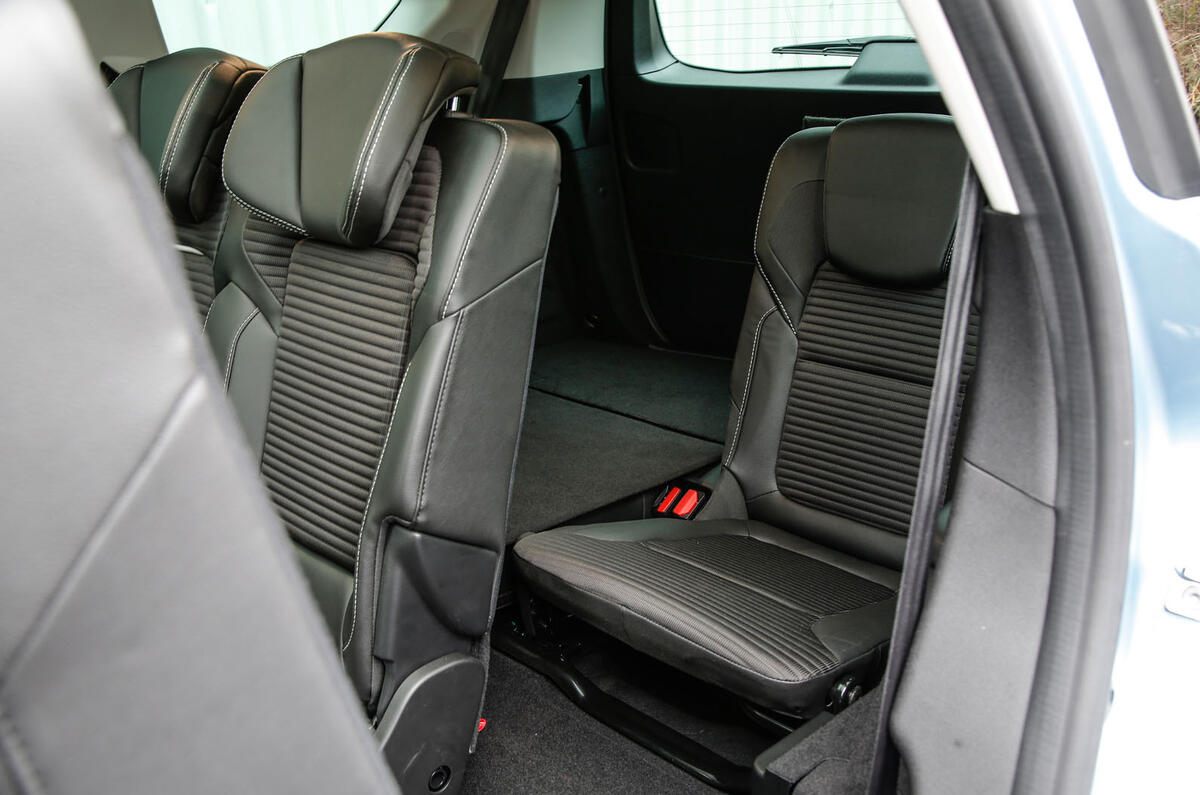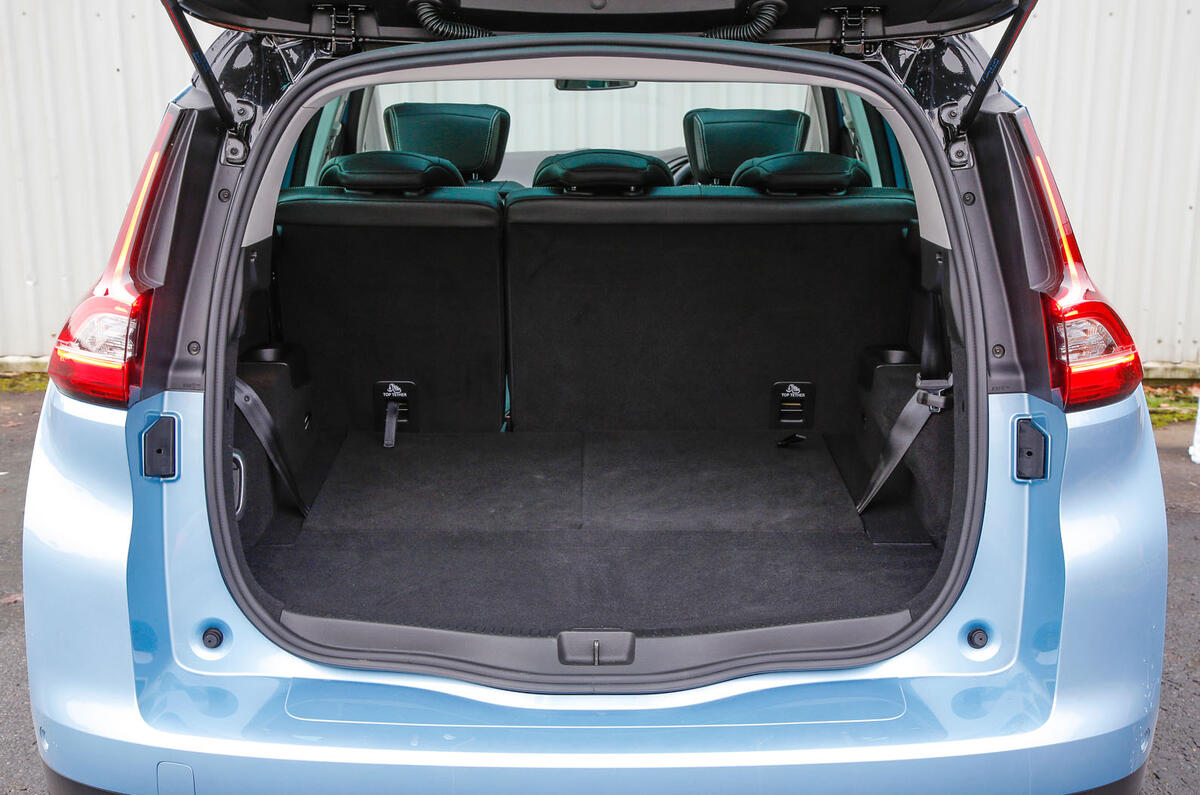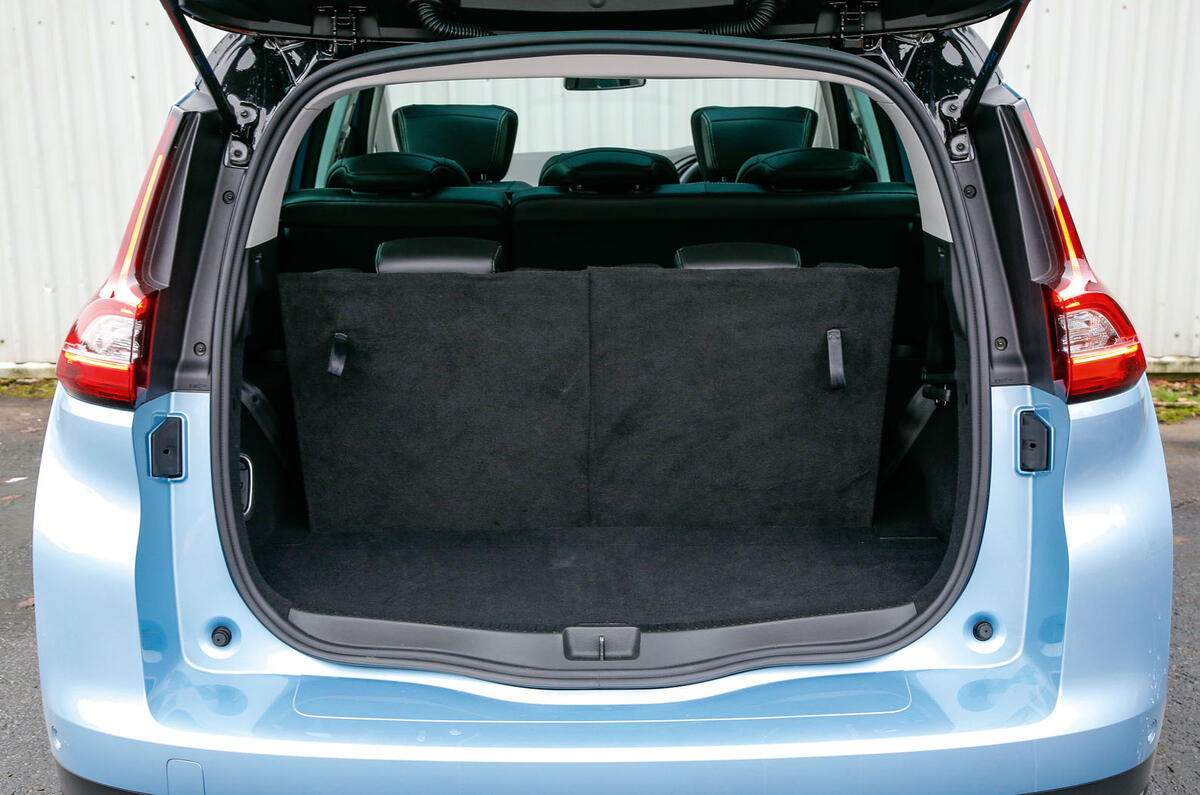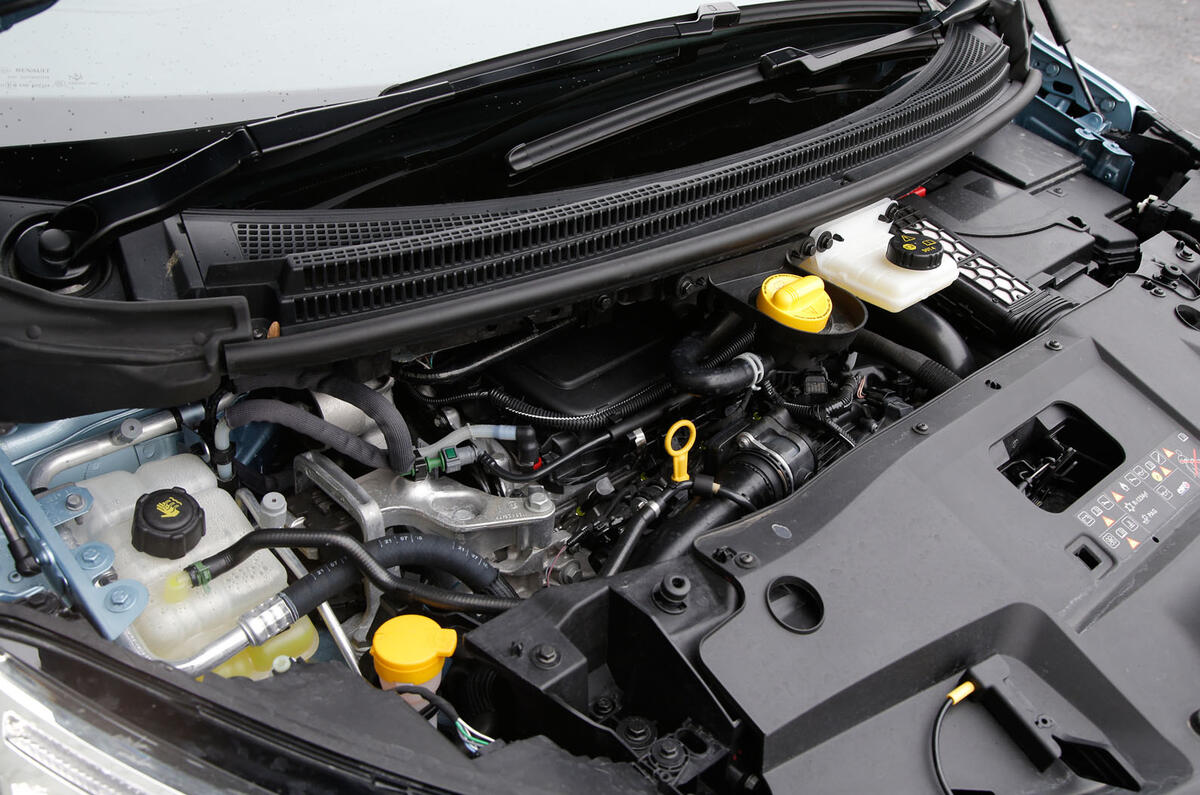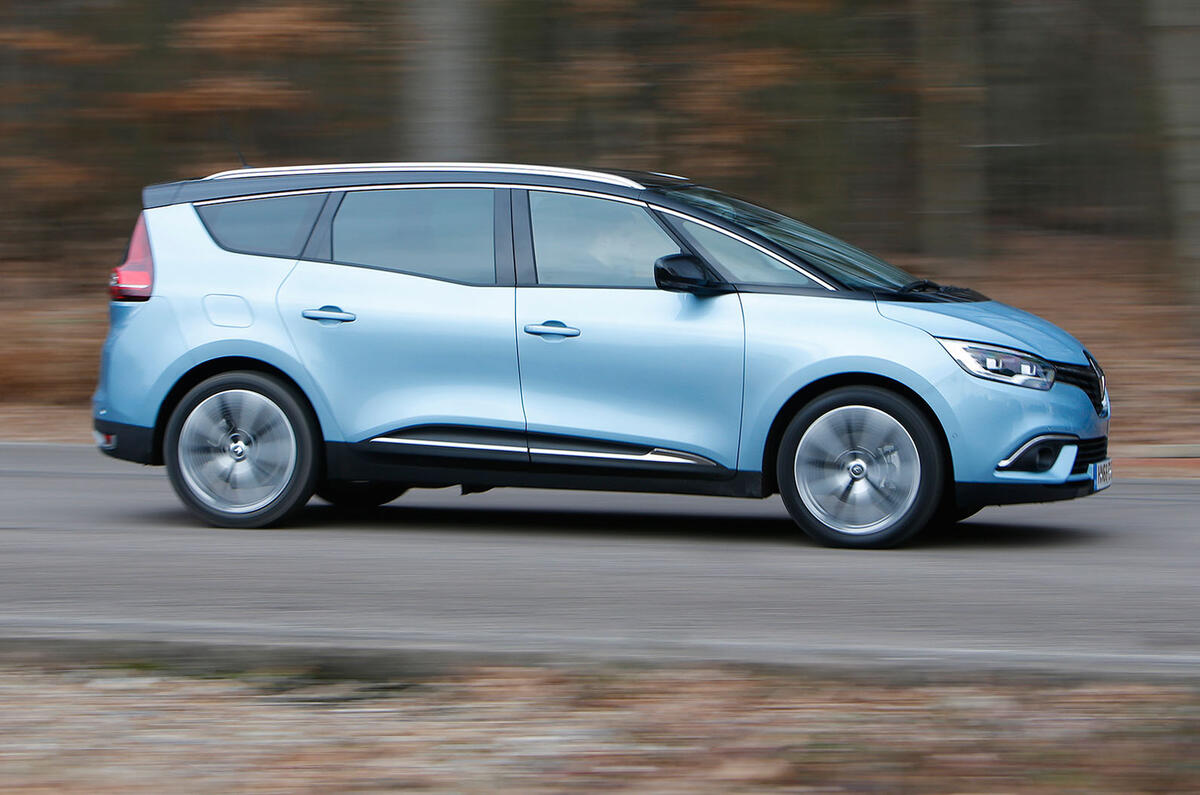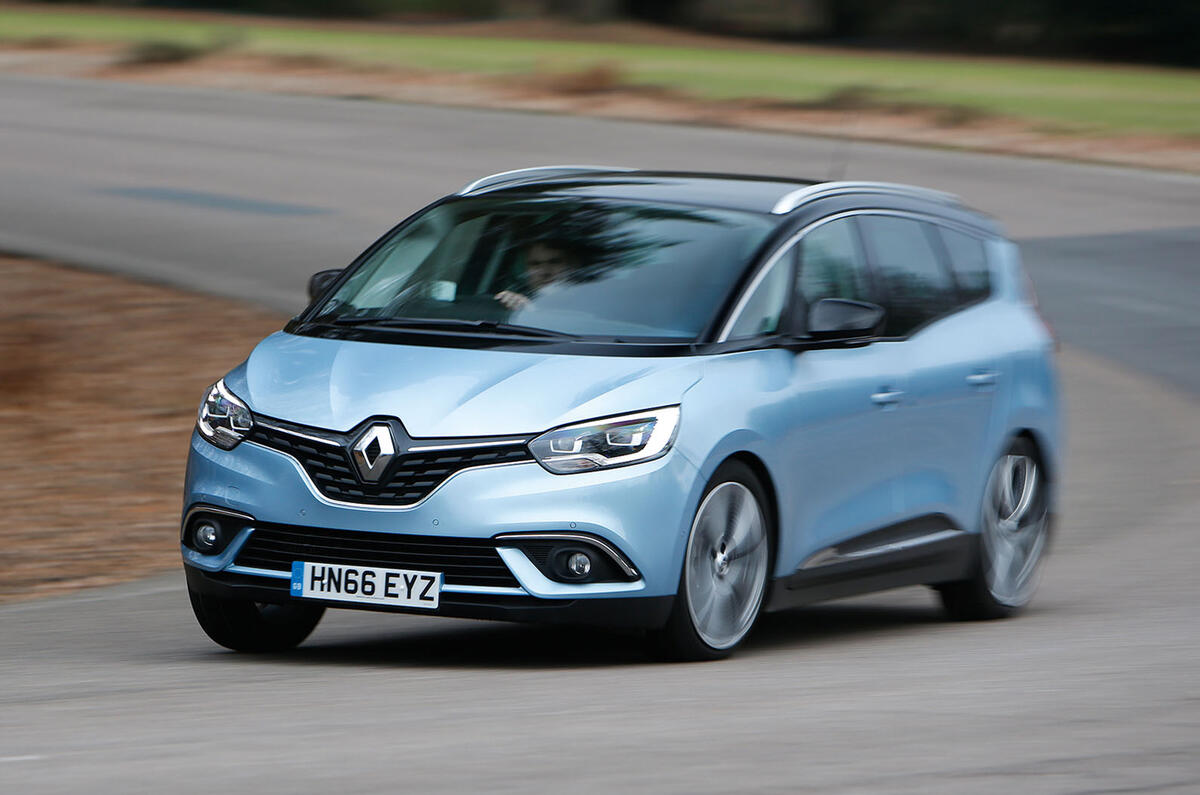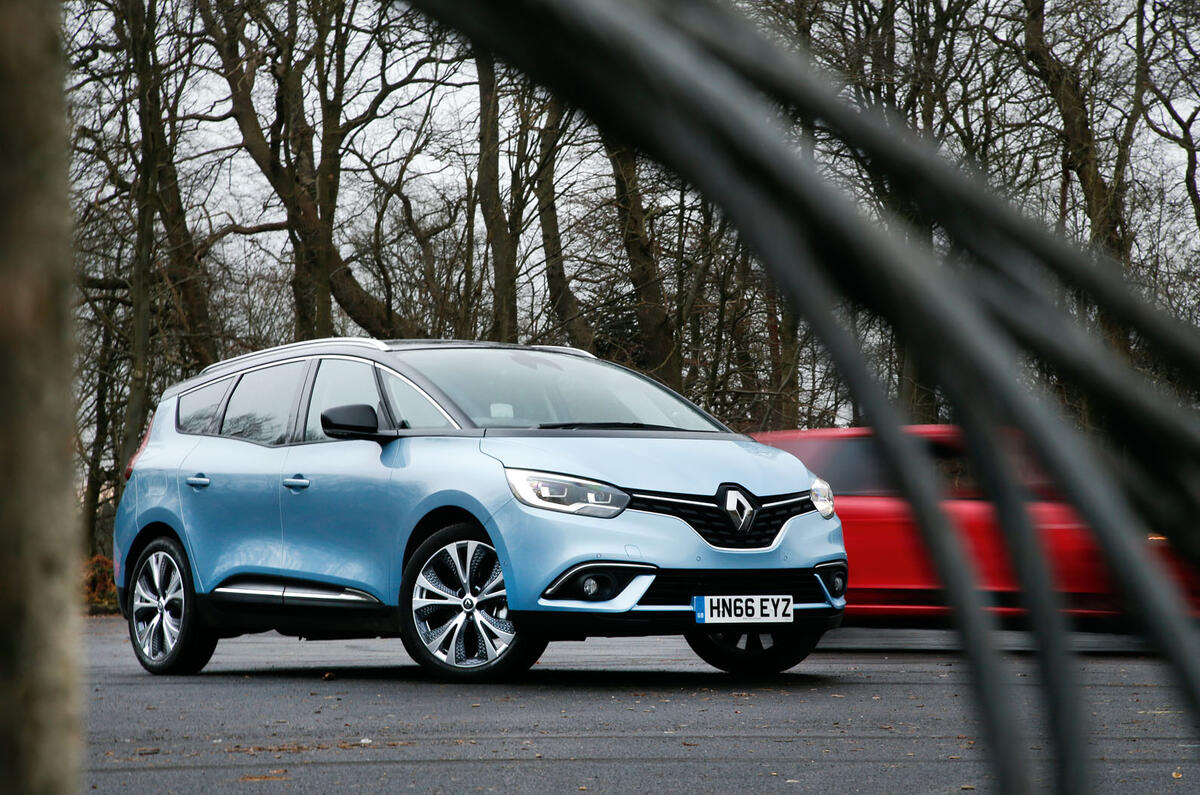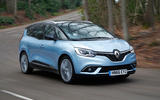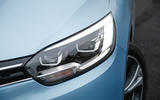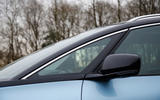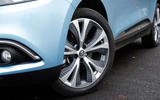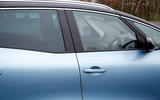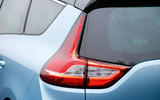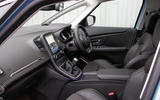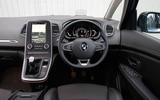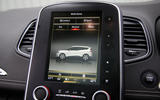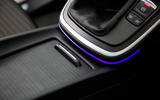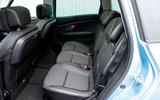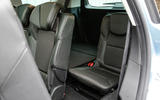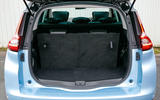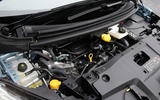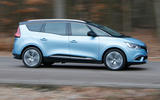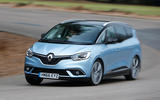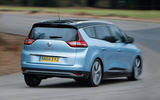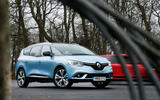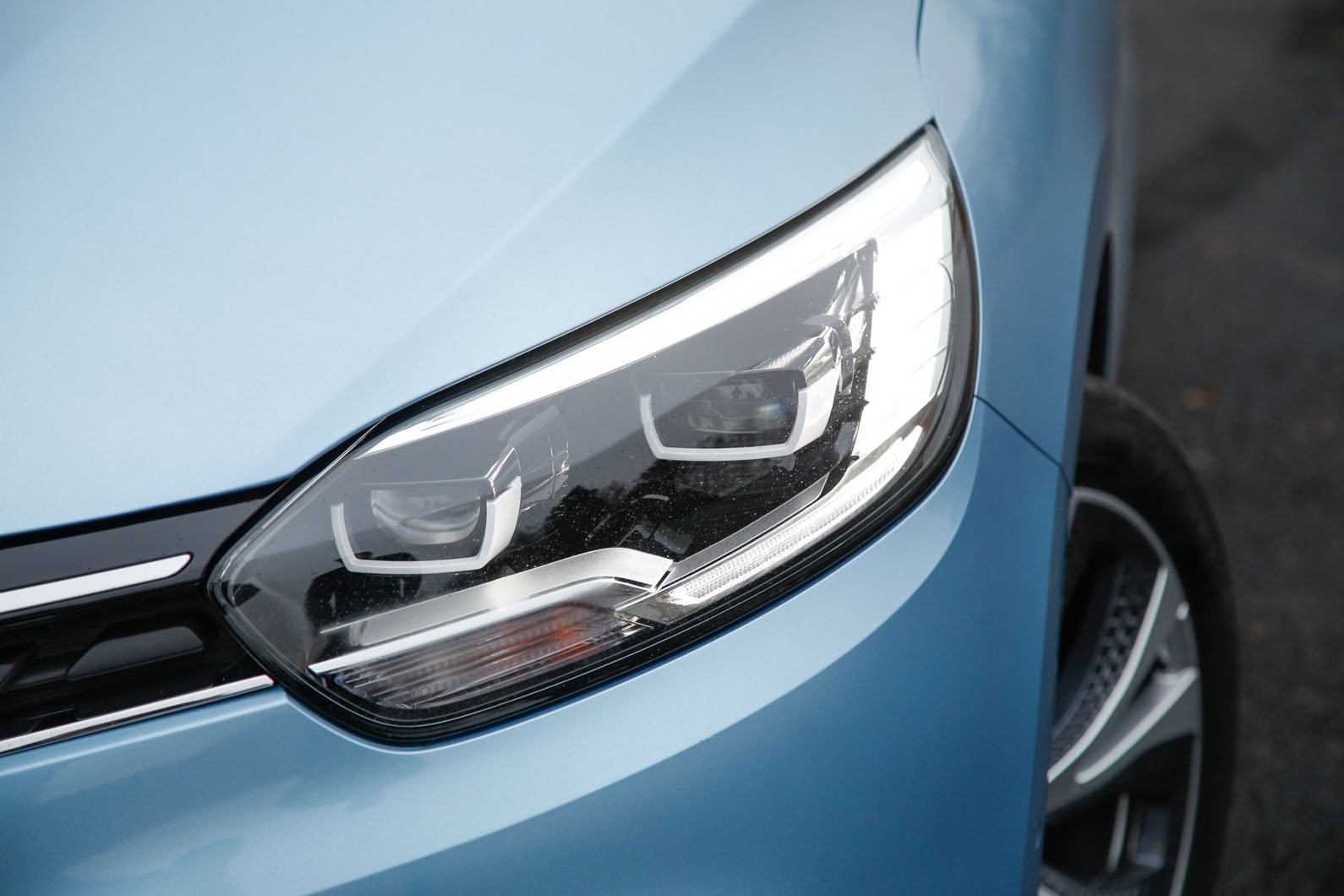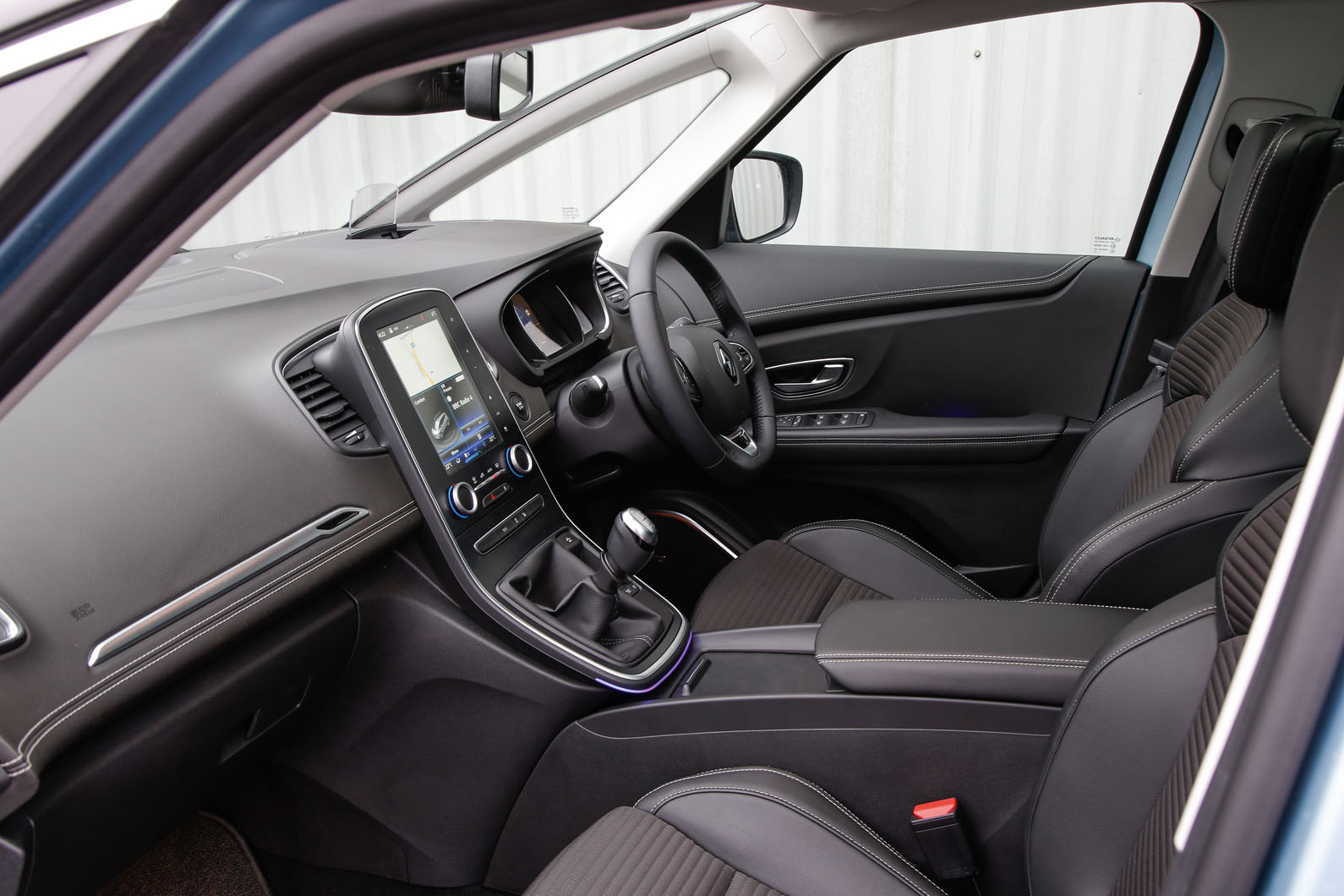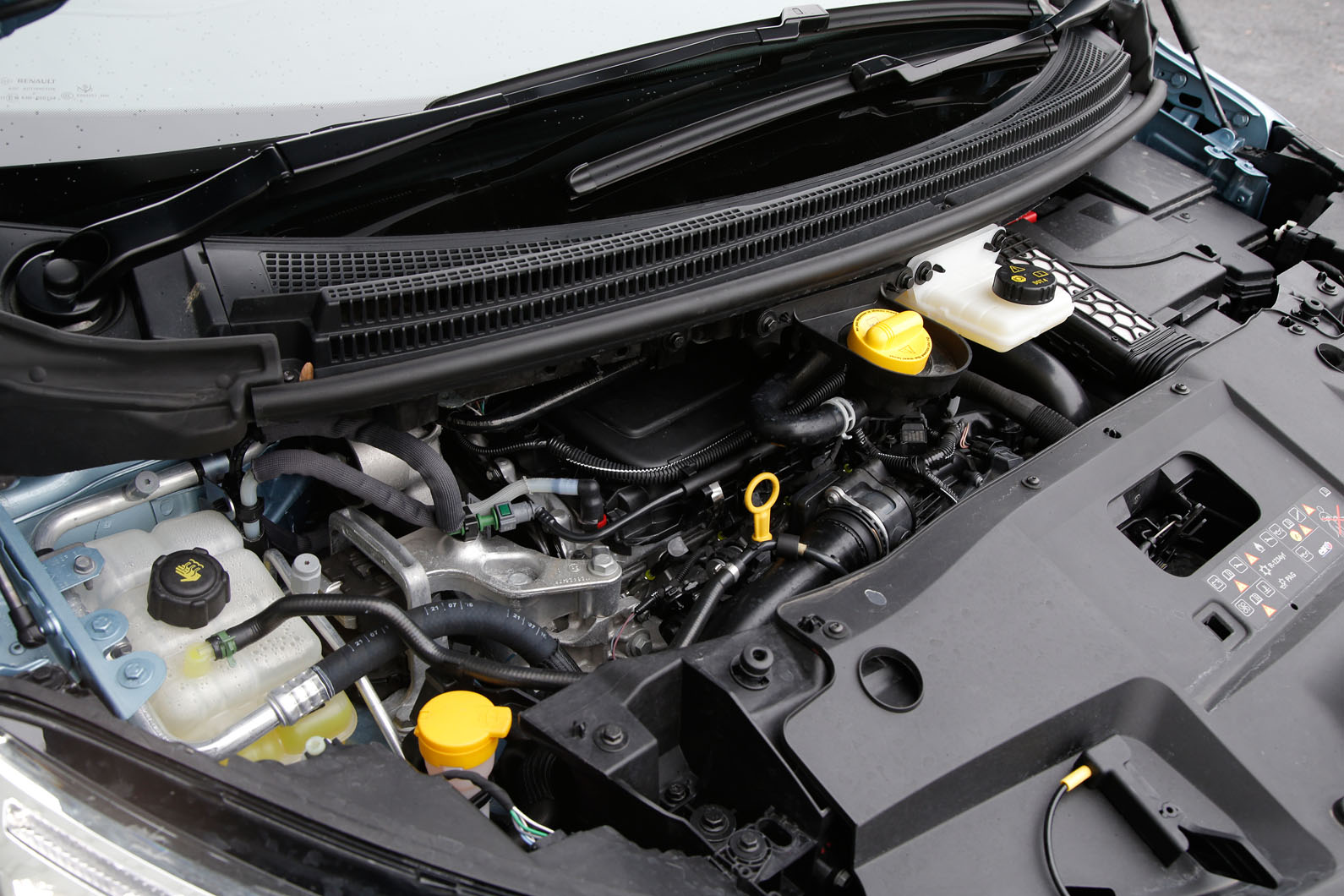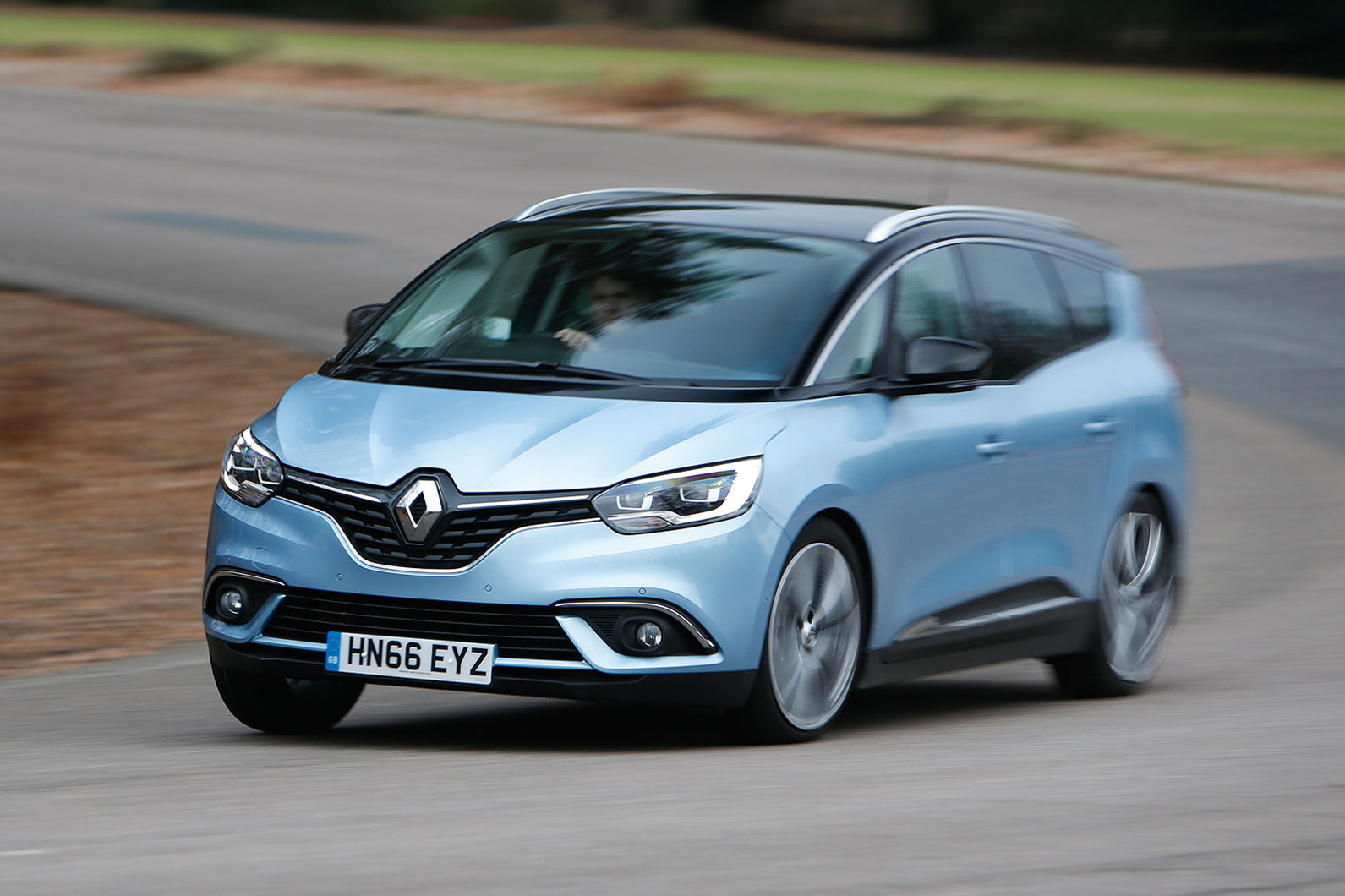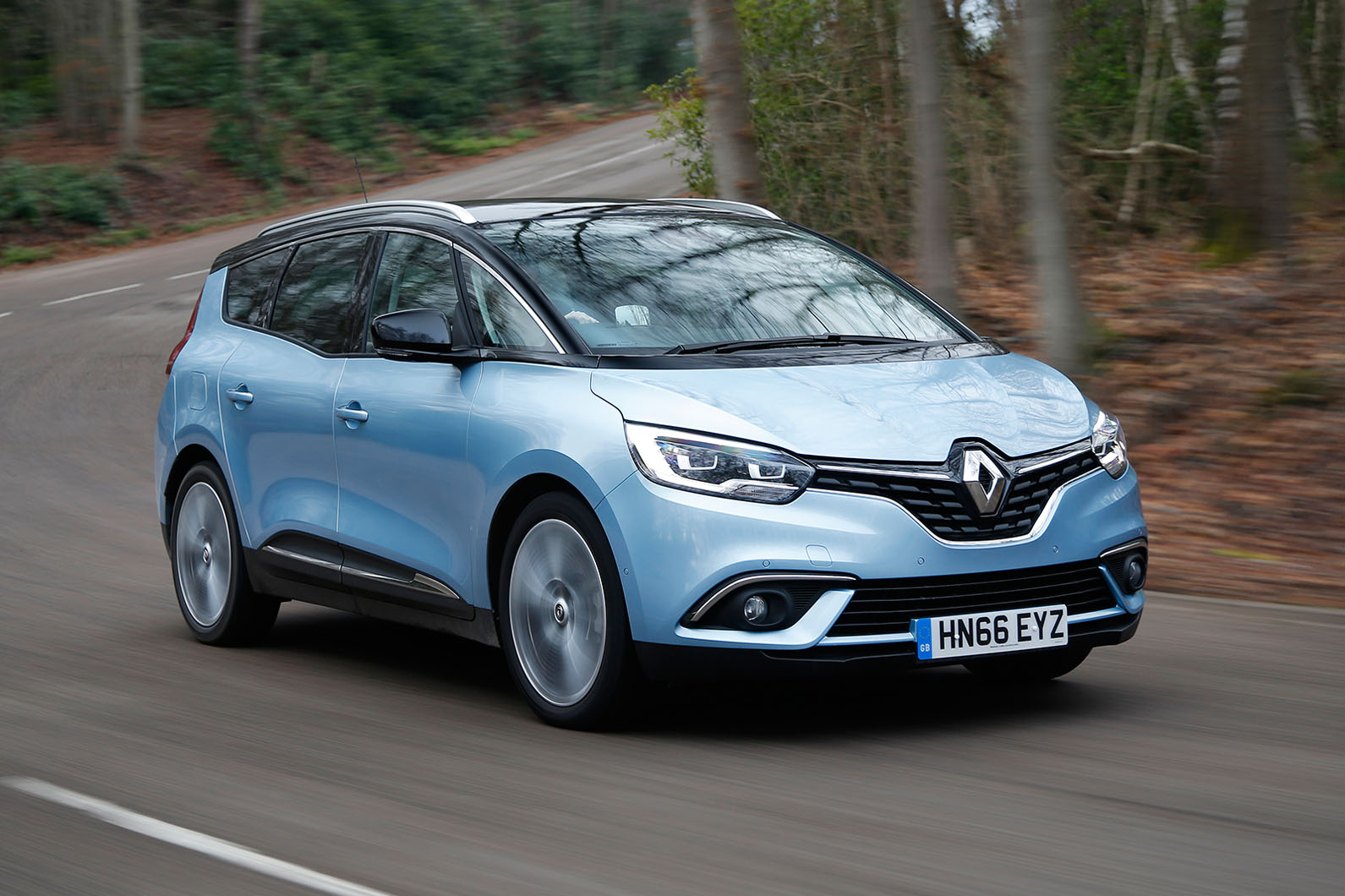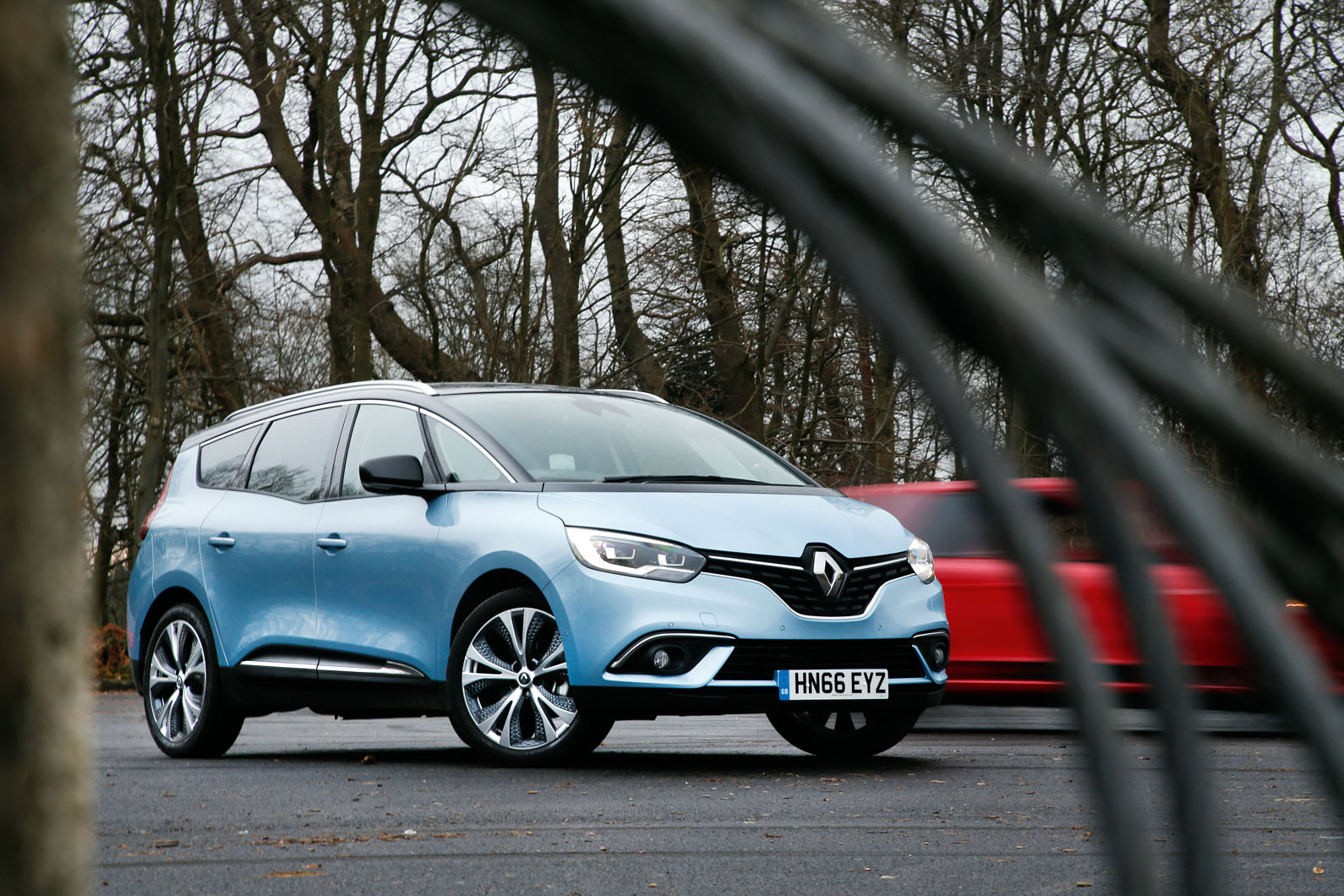Climbing into the Grand Scenic (and that unassuming 40mm of extra ground clearance will have made it a slight step up for some), the difference between old and new is immediately apparent – not just for the new layout, but also for a cabin architecture clearly intended to better bridge the gap left in Renault’s right-hand drive markets by the departed Espace.
Certainly the far-flung A-pillars and the massive expanse of dashboard in front of you do bring to mind the bigger MPV, and even if you’re not in a position to reminisce, Renault the Scenic’s cockpit feels more resoundingly MPV-like than that of its immediate predecessor.
It also seems larger up front than its mostly modest dimensional increases suggest it is.
The back seats make the car’s compact stature a little more apparent. There’s a decent amount of space in the second row (which slides, of course), enough to convince you that sitting three children abreast would be quite feasible.
Lift up the third row from the boot floor – an action that is easy to do – and you’ll soon note that being child-sized is pretty much essential if you’re a passenger looking to travel back there, not only for the inevitable shortage of leg room, but also for the relative closeness of the Scenic’s tapering roofline.
Accessibility is decent, though, and the car will let you collapse both rows of seats remotely at the push of a single button.
There are Isofix child seat anchorages for only the two outer middle-row seats and the front passenger seat, however, while the switch to a non-removable middle row of bench seats, split 60/40, rather than three individual chairs, will perhaps rankle with some.
With the jump seats down, boot capacity is 596 litres; fold the lot and the satisfyingly flat floor will furnish you with more than 1900 litres, which is slightly more than Volkswagen quotes for the Volkswagen Touran.
Where the Scenic is less able to compete with the class leader is in dashboard design and perceived quality.
The previous model was notable for its big advance in build quality over that of its predecessor; this new version is much less of a leap forward.
Mostly, it is the layout that aggravates, with Renault plonking its unfortunately proportioned infotainment screen and centre stack down in such a way that it manages to look like an afterthought, while delivering a sliding centre console between the front seats that often obscures the car’s cupholders.
That’s a shame, because the decision to move the instrument panel back from the centre top of the dash to directly ahead of the driver is the correct one, and the gently raised driving position is nicely judged.
Renault’s R-Link set-up is a mixed bag. The large, 8.7in touchscreen is mounted vertically on an unbecoming plastic plinth, but because its orientation often makes the sat-nav hard to follow, you can only conclude that it’s the wrong way round.
The system might have been saved by a combination of clever menus, but instead it is riddled with functional bugbears.
Some are simply muddled thinking. For example, there’s a physical ‘home’ button adjacent to the screen, which is fine, but pushing it only splits the display into three; to get anywhere else, you need to press an on-screen menu button to open a page that looks very much like what you’d expect from a home screen.
Then there are exasperating usability faults (like not being able to scroll through DAB stations without switching station, or the volume control being a ‘+’ and a ‘–‘ rather than a dial).
The system has TomTom sat-nav, Bluetooth, 3D sound and Multi-Sense drive modes, but when their presentation is as perplexing as this, it’s difficult to engage with them in a satisfying way.



